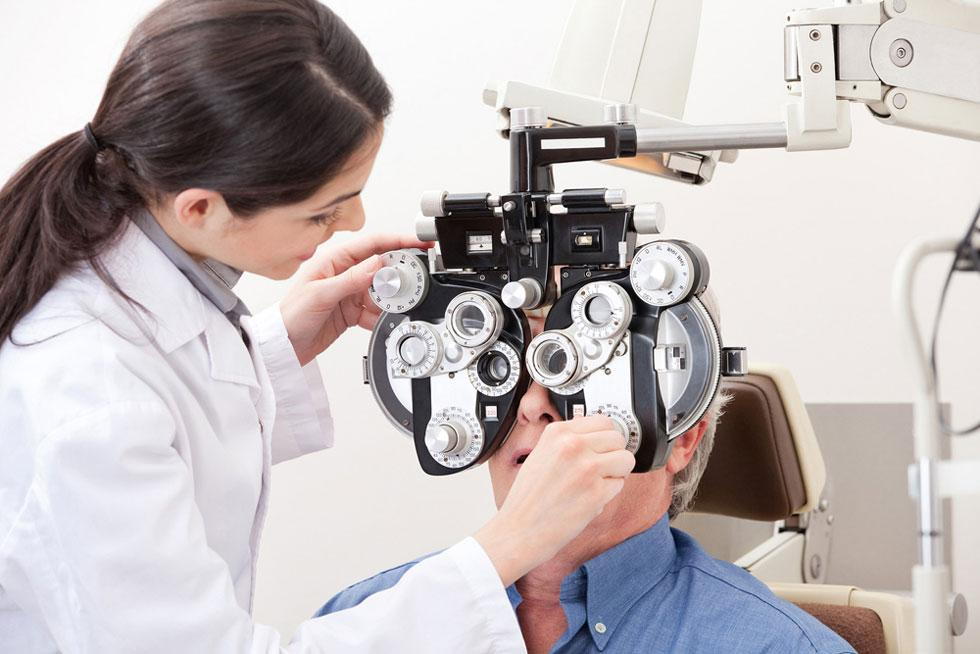All Categories
Featured
Table of Contents

The realm of vision modification is swiftly evolving, driven by groundbreaking technical improvements that are reshaping how we deal with and regard eye health. From laser surgical treatments to cutting-edge glasses, the alternatives offered today are not just a lot more efficient but additionally satisfy the unique needs of each individual. In this blog site, we will certainly explore exactly how technology is enhancing vision modification alternatives, causing boosted patient outcomes and complete satisfaction.
1. Laser Modern Technology Innovations.
At the leading edge of vision modification innovation are advanced laser procedures like LASIK and PRK. These approaches have been revolutionized by the intro of femtosecond lasers, which develop exact and regulated cuts in the cornea, reducing pain and improving recovery time.The current developments, such as topography-guided LASIK, permit for a customized therapy plan that makes up the one-of-a-kind curvature of a patient's cornea. This level of customization not just boosts the accuracy of the procedure however additionally reduces the risk of complications, leading to more clear vision post-surgery.
2. Smart Call Lenses.
The development of wise call lenses stands for a substantial jump in vision adjustment modern technology. These lenses can keep track of different health parameters, such as glucose degrees in diabetics or intraocular pressure for glaucoma patients.By integrating sensors right into the lens style, suppliers are producing an item that surpasses vision correction, supplying useful health and wellness details in real-time. As research in this field proceeds, smart call lenses might potentially reinvent just how we take care of eye health and wellness and problems connected to vision.
3. Advanced Intraocular Lenses (IOLs)
For clients undergoing cataract surgical treatment or looking for options for presbyopia, advanced intraocular lenses have come to be a game-changer. Today's multifocal and toric IOLs are designed to give clear vision at multiple distances, lowering reliance on glasses for daily activities.New technologies enable the personalization of IOLs based upon specific way of lives and visual demands. As an example, fitting IOLs can move their focus based upon the eye's position, supplying an extra all-natural visual experience. These innovations ensure that patients take pleasure in far better visual end results after surgery, enhancing their high quality of life.
4. Telemedicine and Remote Tracking.
The COVID-19 pandemic accelerated the fostering of telemedicine, and this trend has expanded right into eye care. Clients can currently talk to eye treatment experts from the convenience of their homes, going over signs and symptoms and therapy alternatives without the requirement for in-person check outs.Remote surveillance tools that attach to tablets or mobile phones enable clients to track their eye health and vision adjustments gradually. This information can be shared with health care providers, guaranteeing timely interventions and individualized treatment strategies. The convenience and ease of access of telemedicine are especially helpful for individuals with wheelchair challenges or those residing in rural areas.
5. Artificial Intelligence in Eye Care.
Expert system (AI) is progressively coming to be an indispensable component of eye care. AI formulas are utilized to assess big collections of information, making it possible for very early discovery of problems like diabetic retinopathy and macular degeneration with retinal imaging.AI can assist eye treatment experts by highlighting problems that might call for further examination, enhancing diagnostic precision and performance. By streamlining the analysis procedure, AI not only improves client care but additionally enables even more prompt therapy interventions.
6. Customized Eyewear Solutions.
The increase of customized eyewear has actually changed exactly how individuals come close to vision adjustment. Advanced 3D printing innovations allow the production of individualized structures and lenses tailored to a person's one-of-a-kind facial framework and vision demands.Along with visual advantages, customized glasses enhances comfort and efficiency. Individuals can now pick from different lens options, consisting of blue light blocking, photochromic, and high-index lenses, ensuring they locate the excellent solution for their way of life and visual preferences.
Conclusion.
Modern technology is considerably transforming vision modification options, leading to much better end results and raised contentment for people. As these innovations continue to advance, clients can anticipate a more effective and individualized approach to vision adjustment, inevitably improving their high quality of life.Table of Contents
Latest Posts
Explore Cut Costs on Car Maintenance with Montclare Auto Repair’s Limited-Time Deals
Published May 19, 25
1 min read
Uncover Premier Vehicle Maintenance Solutions at Montclare Auto Repair – Keep Your Car Running Smoothly
Published May 18, 25
1 min read
Explore Your Financial Partner at WyHy – Top Benefits for Your Financial Success
Published May 18, 25
1 min read
More
Latest Posts
Explore Cut Costs on Car Maintenance with Montclare Auto Repair’s Limited-Time Deals
Published May 19, 25
1 min read
Uncover Premier Vehicle Maintenance Solutions at Montclare Auto Repair – Keep Your Car Running Smoothly
Published May 18, 25
1 min read
Explore Your Financial Partner at WyHy – Top Benefits for Your Financial Success
Published May 18, 25
1 min read